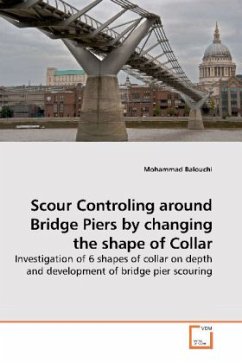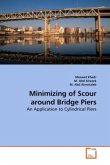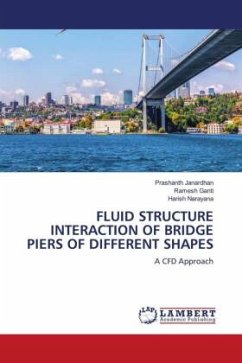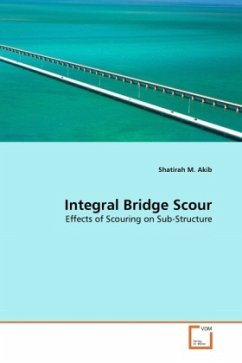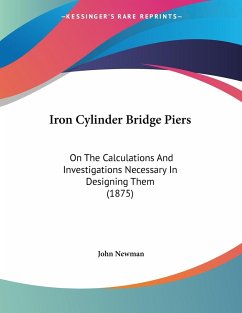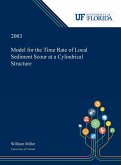Most bridges over waterways are susceptible to the local scour of the piers. Methods have been developed to control, reduce or eliminate the local scour. These methods have been mainly categorized in two groups. The first group involves techniques to increase the bed material resistance against scouring. The second one is to change the flow patterns and reduce the power of the existing vortices; i.e., using collars or slots. A collar is a plate attached to the bridge pier to delay the formation of the vortices. In this work, new shapes for collars have been proposed and compared with the existing types. It is shown that the scour process begins when the relative shear velocity reaches a value of 0.5 for the case of no collar. It is concluded that none of the proposed collars has eliminated the scour depth, but they are effective for delaying the scour process.
Bitte wählen Sie Ihr Anliegen aus.
Rechnungen
Retourenschein anfordern
Bestellstatus
Storno

